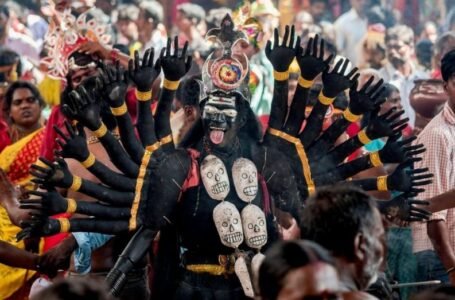Traditional Motifs and Symbols: As Traditional Media forms of India

INDIAN TRADITIONAL MOTIFS AND SYMBOLS
India is a land of culture and tradition. It has a long history of being well known for its illustrious arts and crafts which reverberate around the world. Ancient art proves to be a great source of inspiration because it has been passed down to us after centuries of labour and hard work. Man has always had a propensity to express himself through art which gave birth to legends, myths and symbols. These ideas enhanced his life and gave him a sense of power by allowing him to bridge between the known and unknown. These very ideas then ultimately transformed into crafts through which man can express his deepest emotions and his unexpected desires.

This is done through the use of symbols and motifs. Symbolizing the Indian culture, the traditionally designed textiles boast motifs. Embroidery has been thought to be an oriental art form, though its origin remains unknown. The Vedic hymns provide evidence to the fact that the needle has been in use in India for centuries.

One can find the evidence of the needle in Harappa and Mohenjo Daro. The popular motifs used in Indian embroidery are the peacock, parrot, lotus, fish, mango, ashtadala or octet, snake, flowers, trees, leaves, etc.

The peacock is of great significance as it is a representative of beauty, pride, celestial regalia, divine forces, virtuous strength and valor and is considered as a pious bird by the Hindus. The parrot motif holds an unchallenged popularity because it symbolizes love, passion and fertility. It is commonly seen in the mirror works of Gujarat and North India and applique work of Orissa. The Lotus motif is a common symbol in the Pahari regions of the East. The eight petals of lotus are symbolic of Lord Vishnu, the protector and depicts the universe growing out of the central Sun. The fish motif is regarded as a source of life emanating from the Sun and is also one of the 12 signs in Hindu Zodiac. It is also a symbol of female fertility and is usually depicted in water which is a symbol of resurrection and atonement. The mango motif used in the chikan embroidery work of Uttar Pradesh, the mirror work of Gujarat and the Kantha of Bengal is a representative of women’s charm. The Goose motif which is used to be found in depictions in the Ajanta caves of Maharashtra is a symbol of spiritual purity. This motif is also said to be found in kalamkari prints and kasuti embroidery which can be found in the paintings of the Pre Mughal times. The Ashtadala motif portrays Lord Vishnu and is a symbol of basic unity in the manifestation of life.

The entire arrangement exemplifies the artist’s expertise in combining shape and color producing visually appealing combinations. Even in today’s world where man is distracted from nature, symbolism binds people together as it has the ability to express one’s thoughts, aspirations and ideals.


